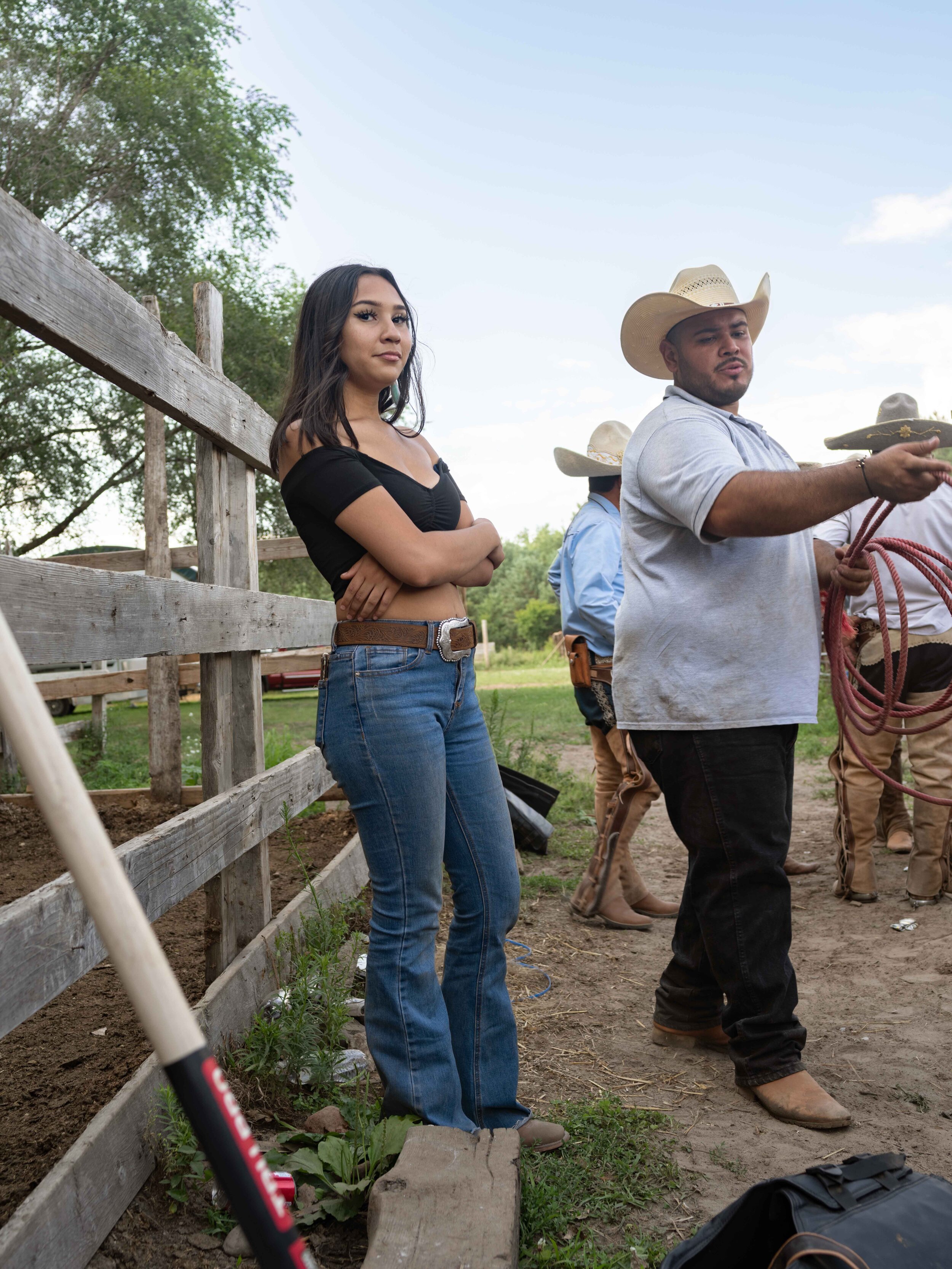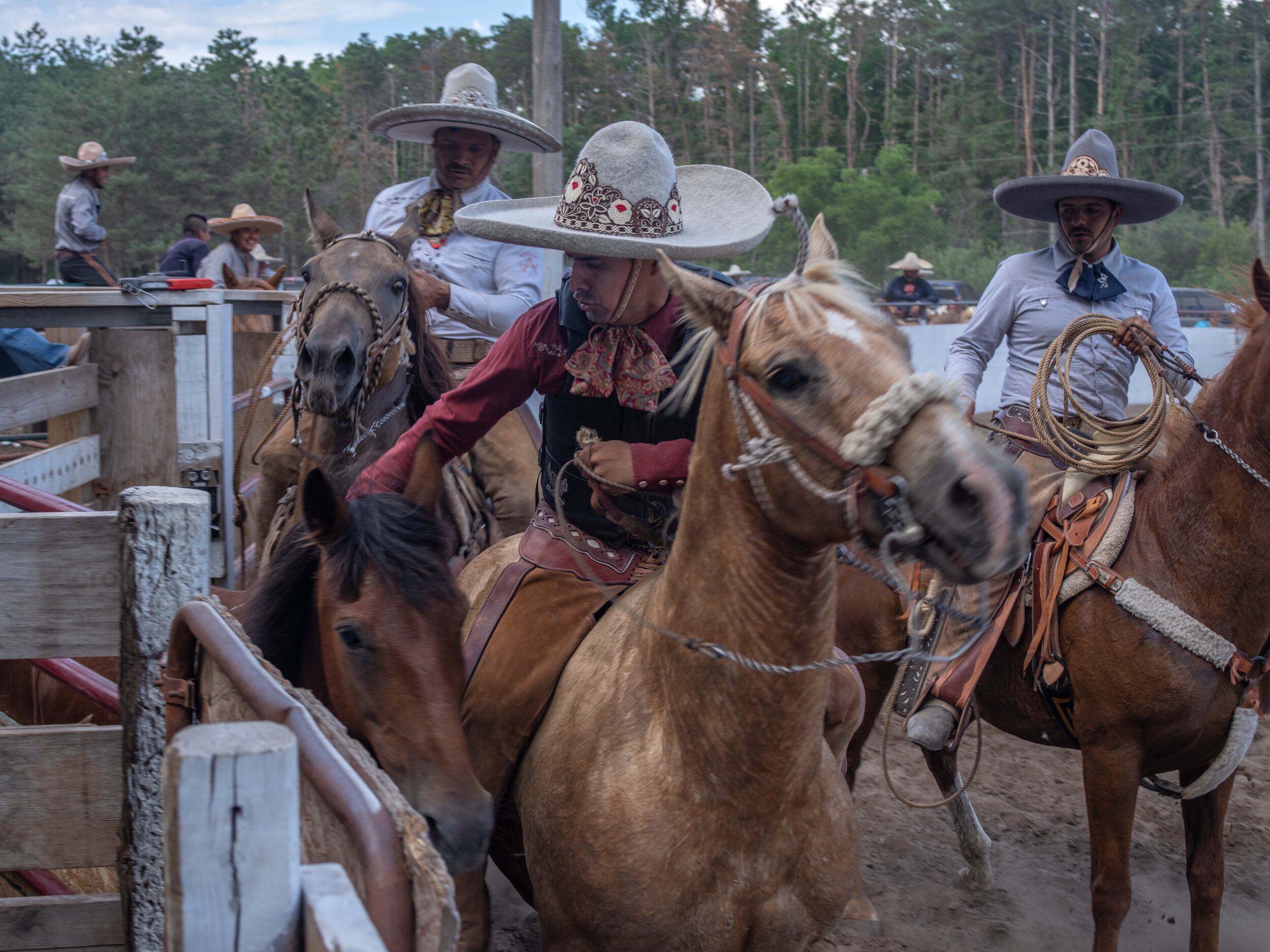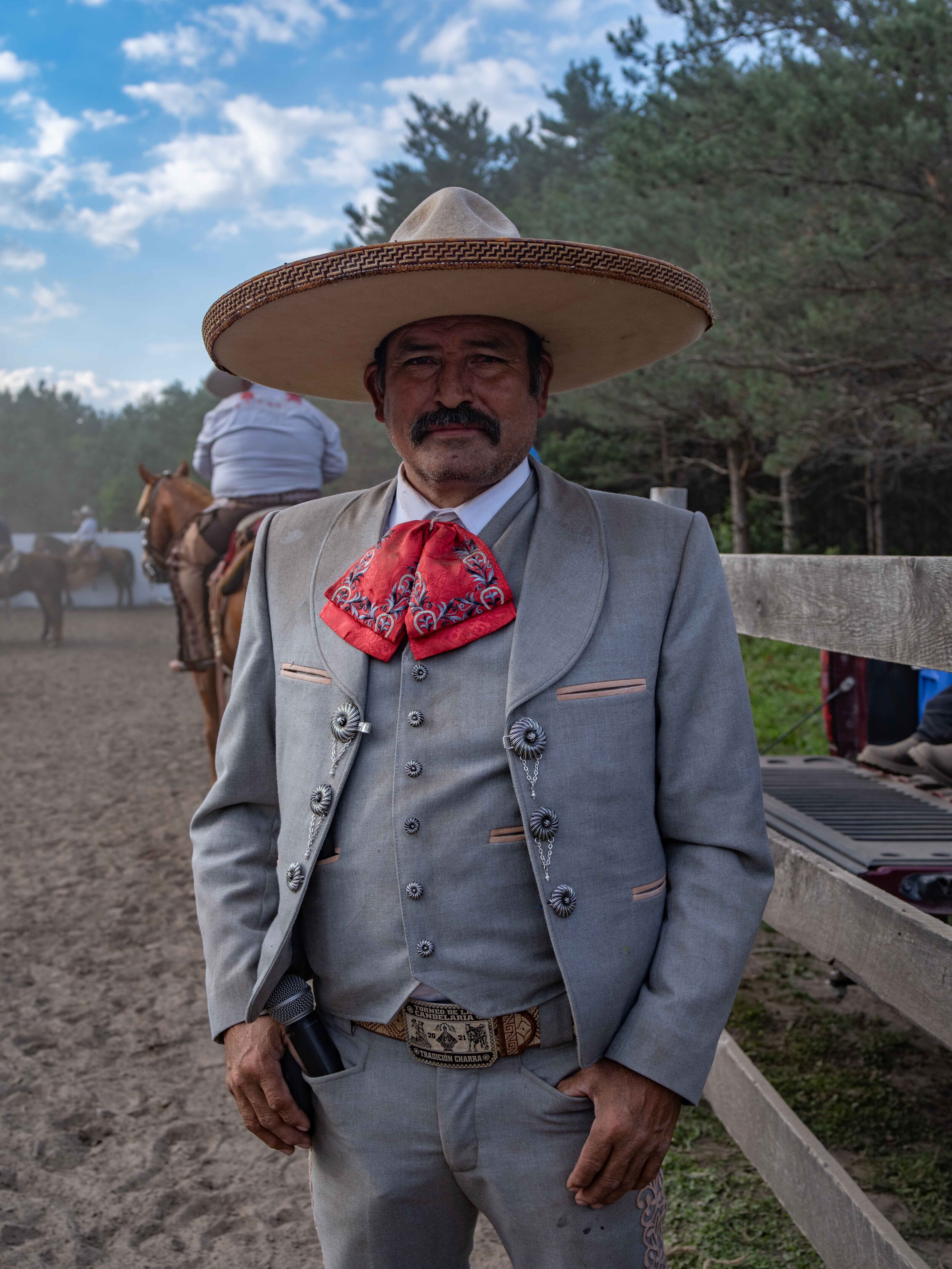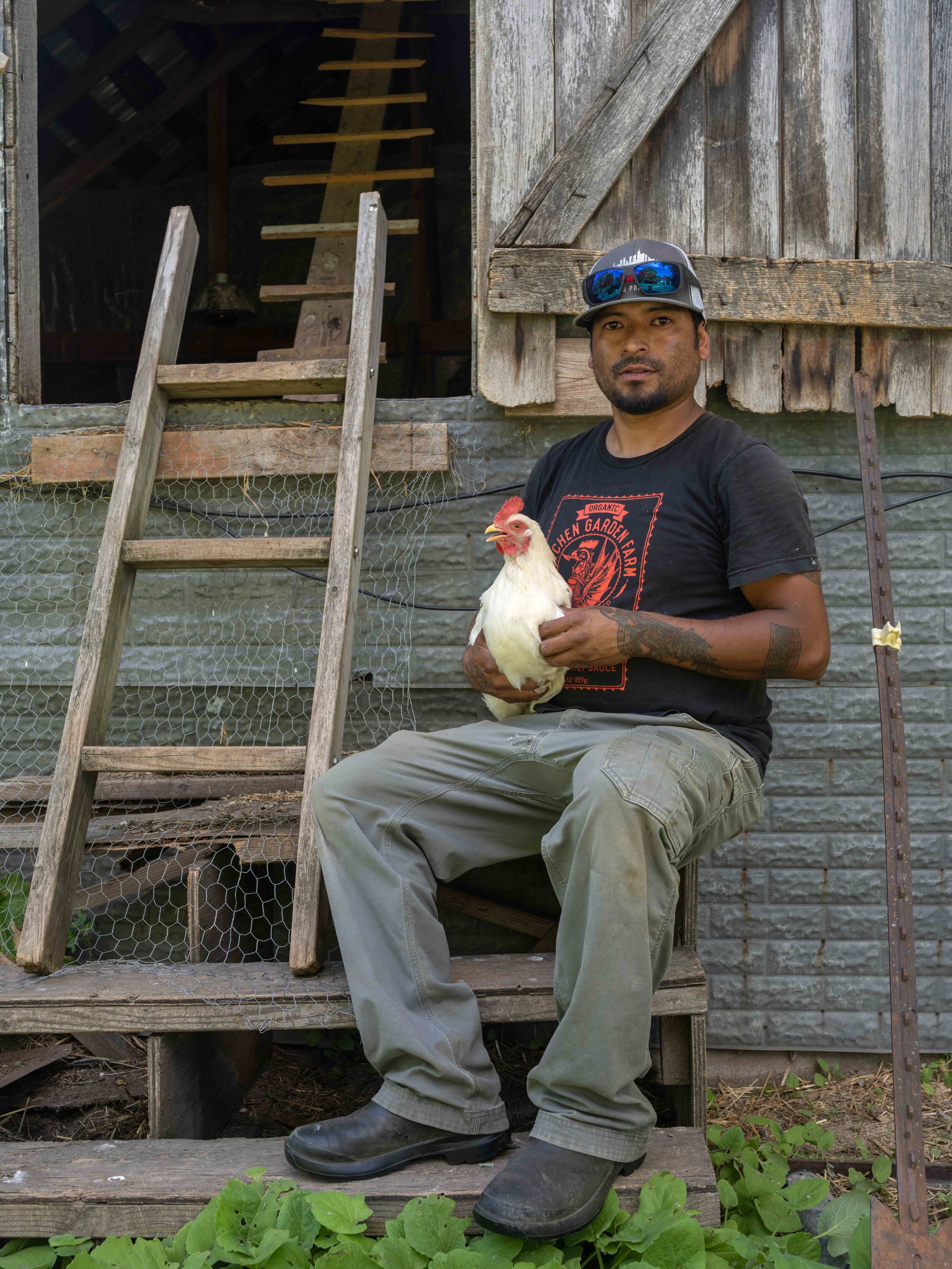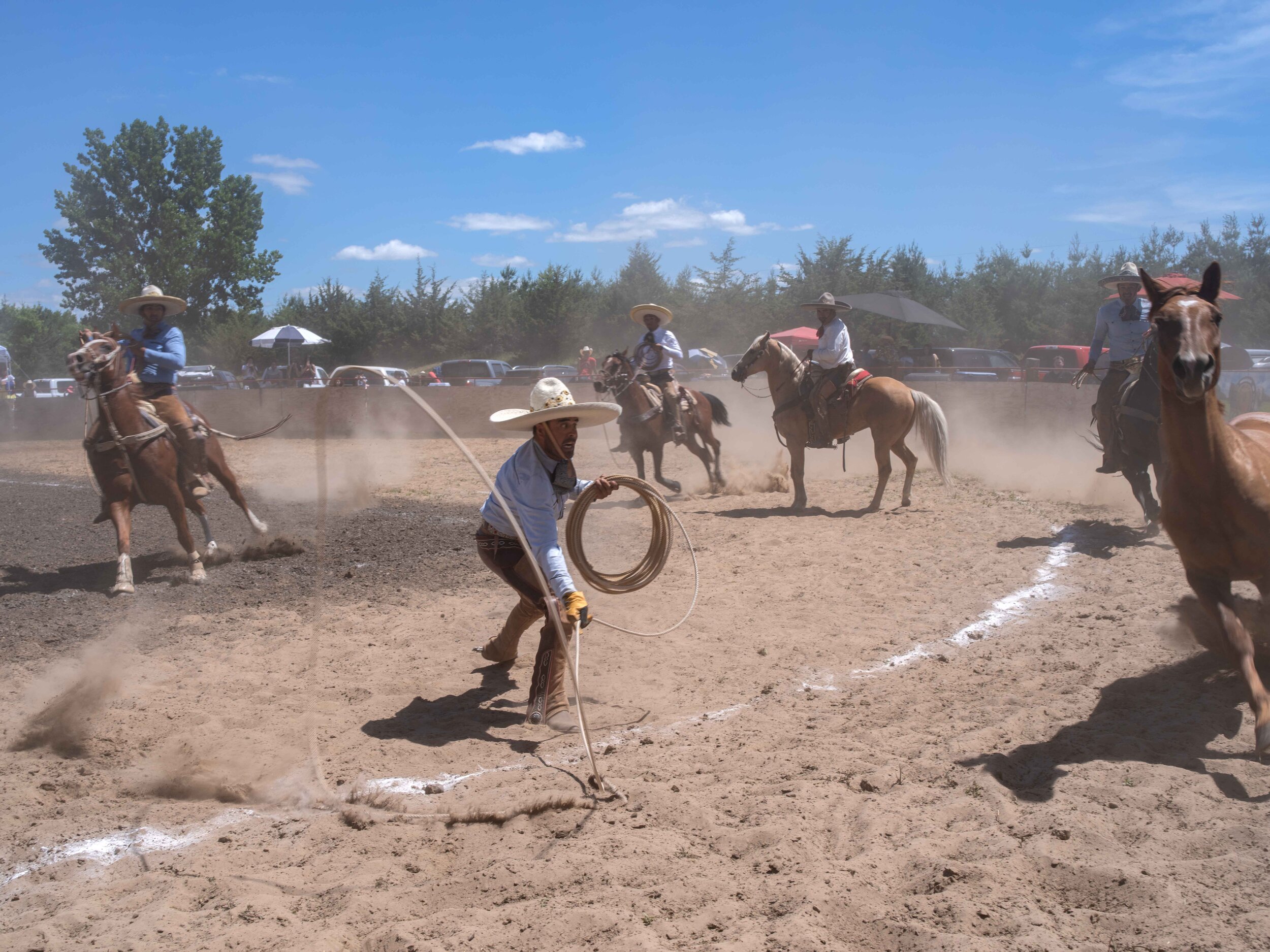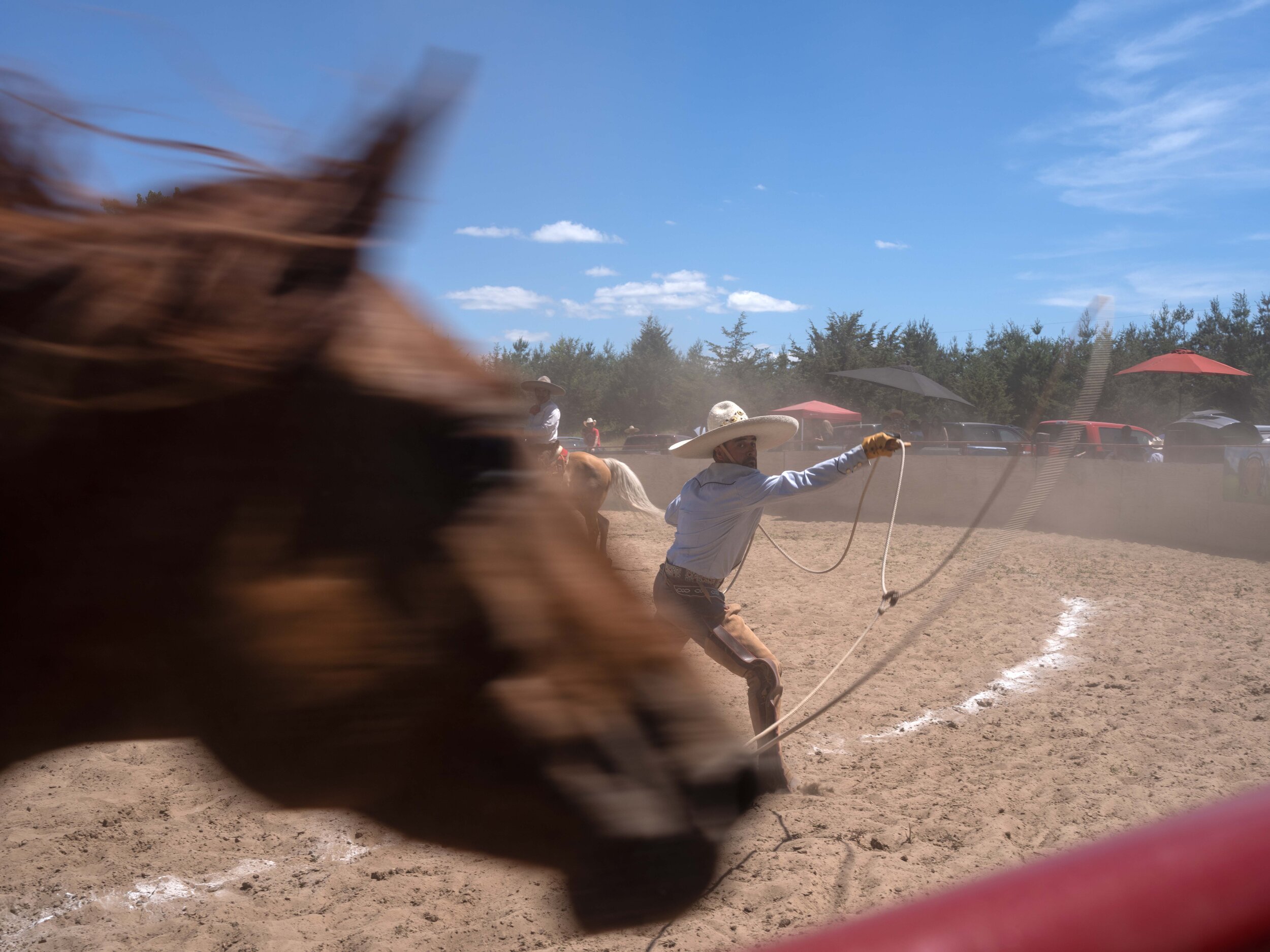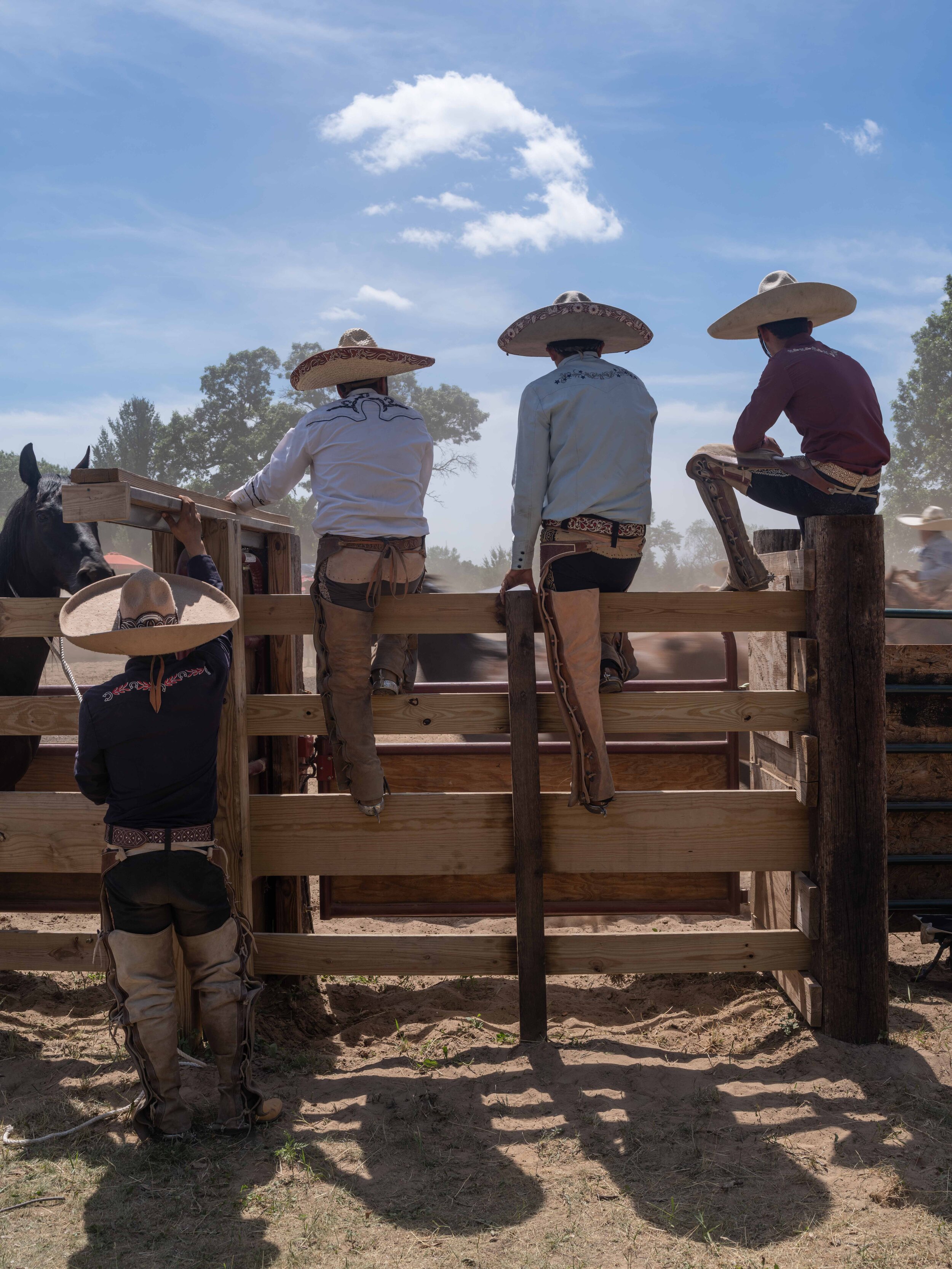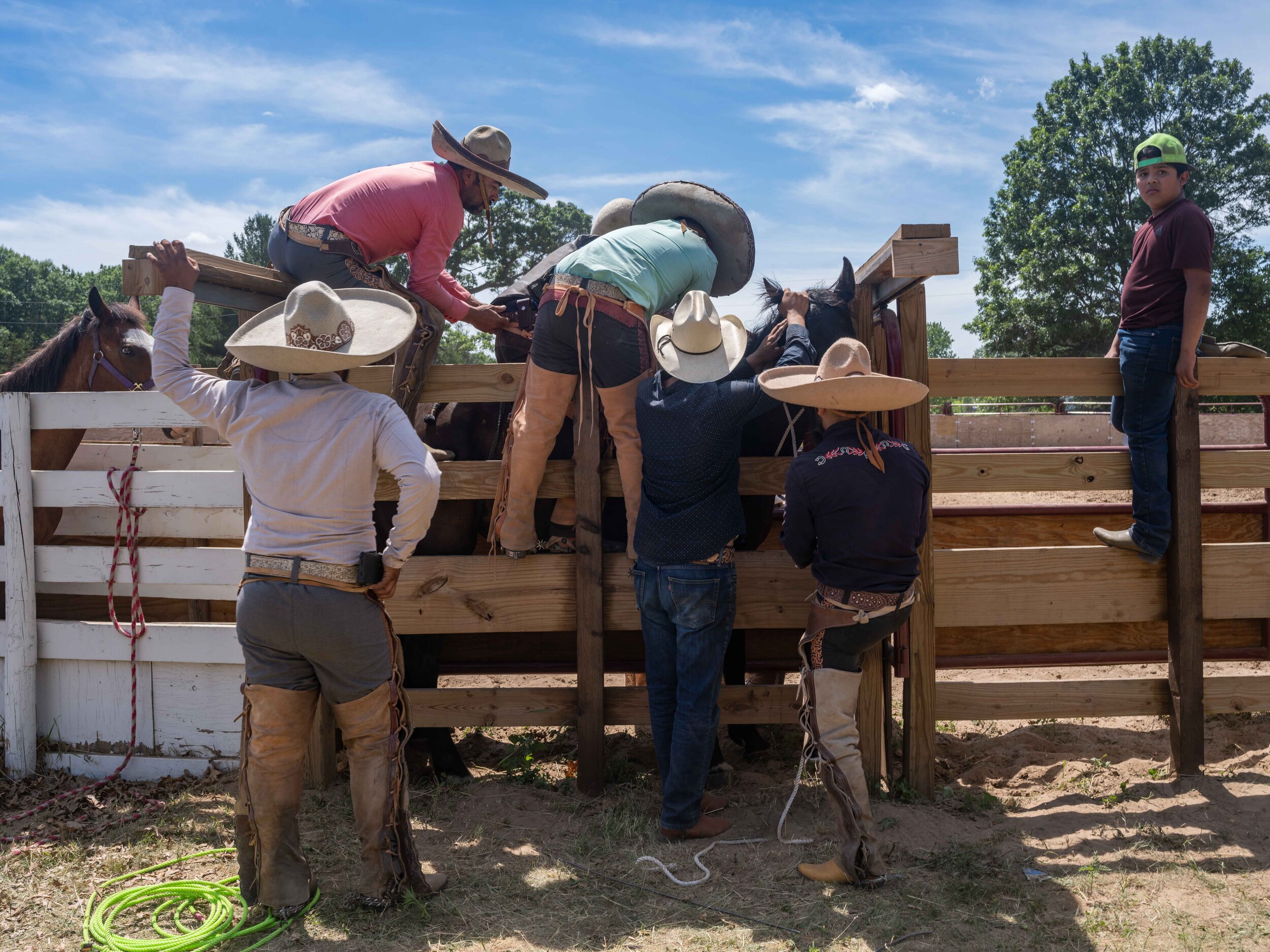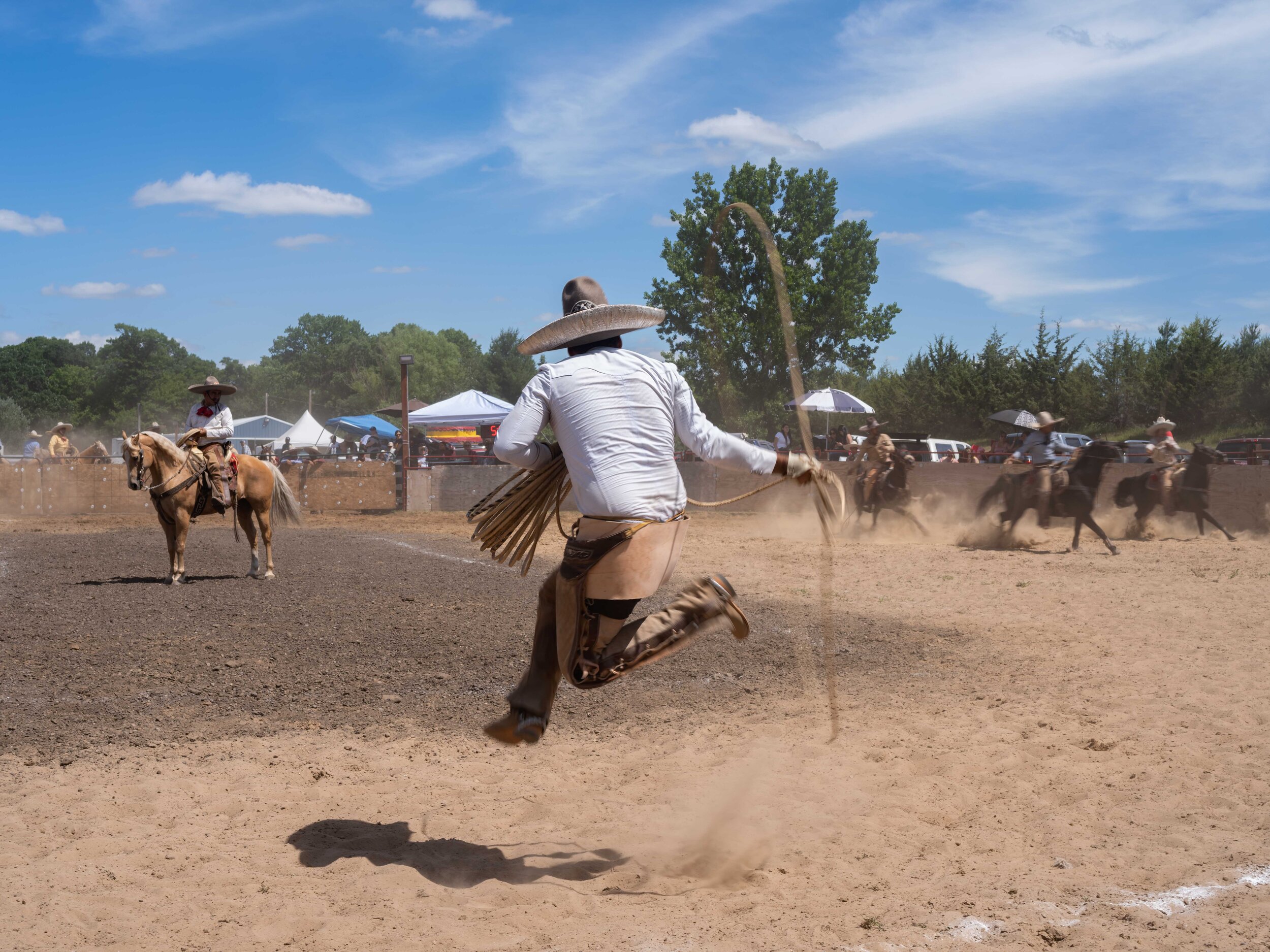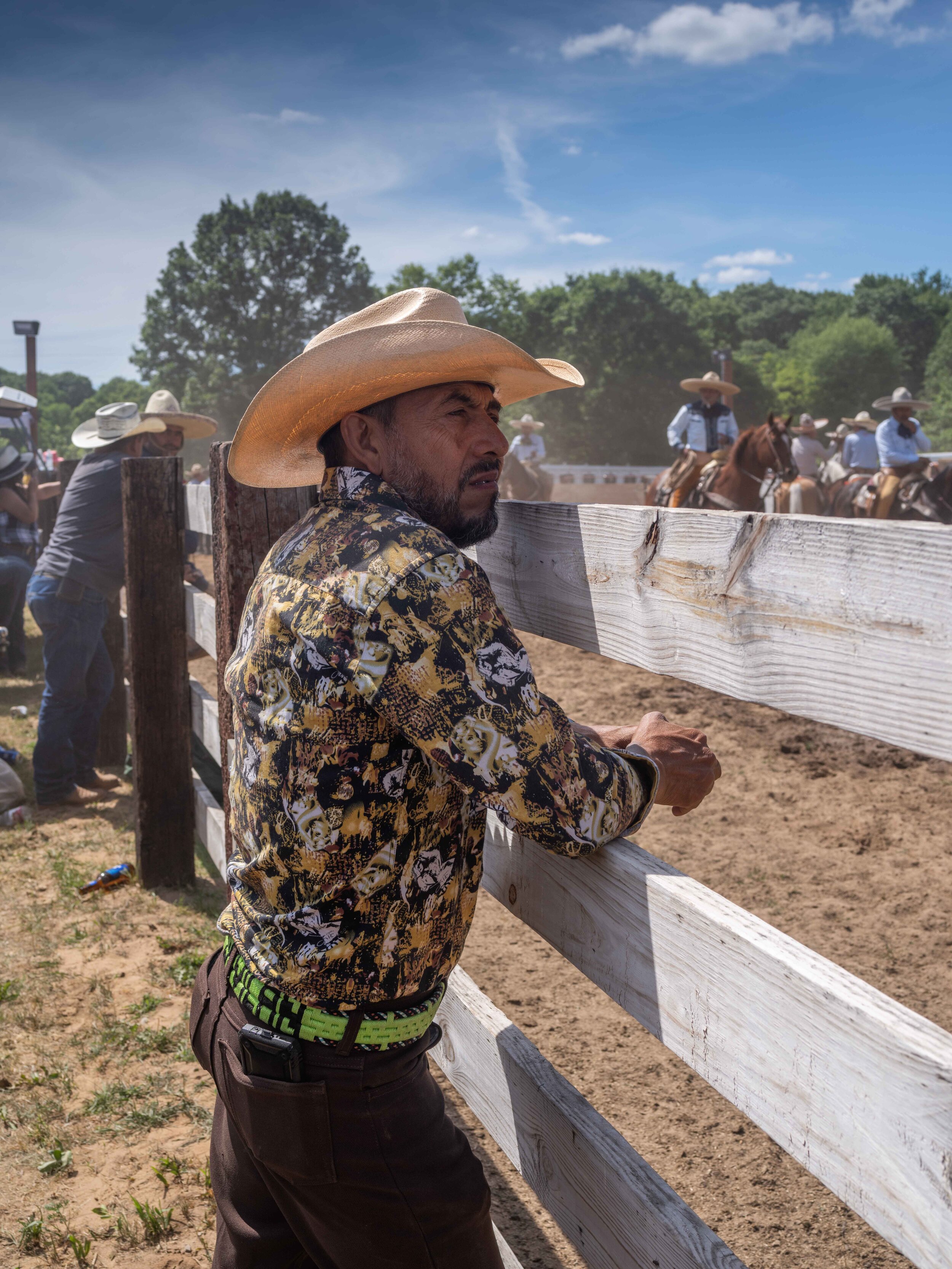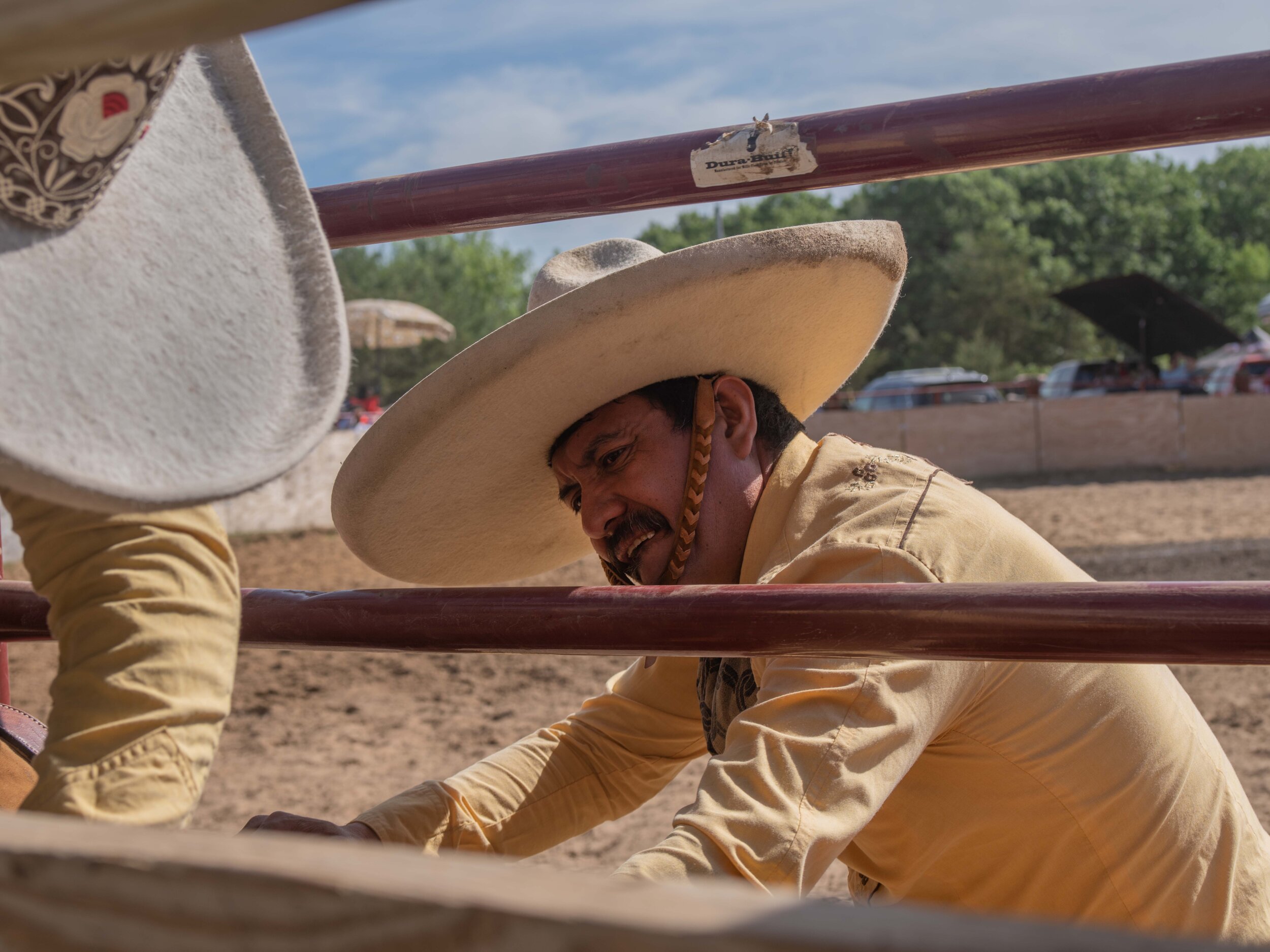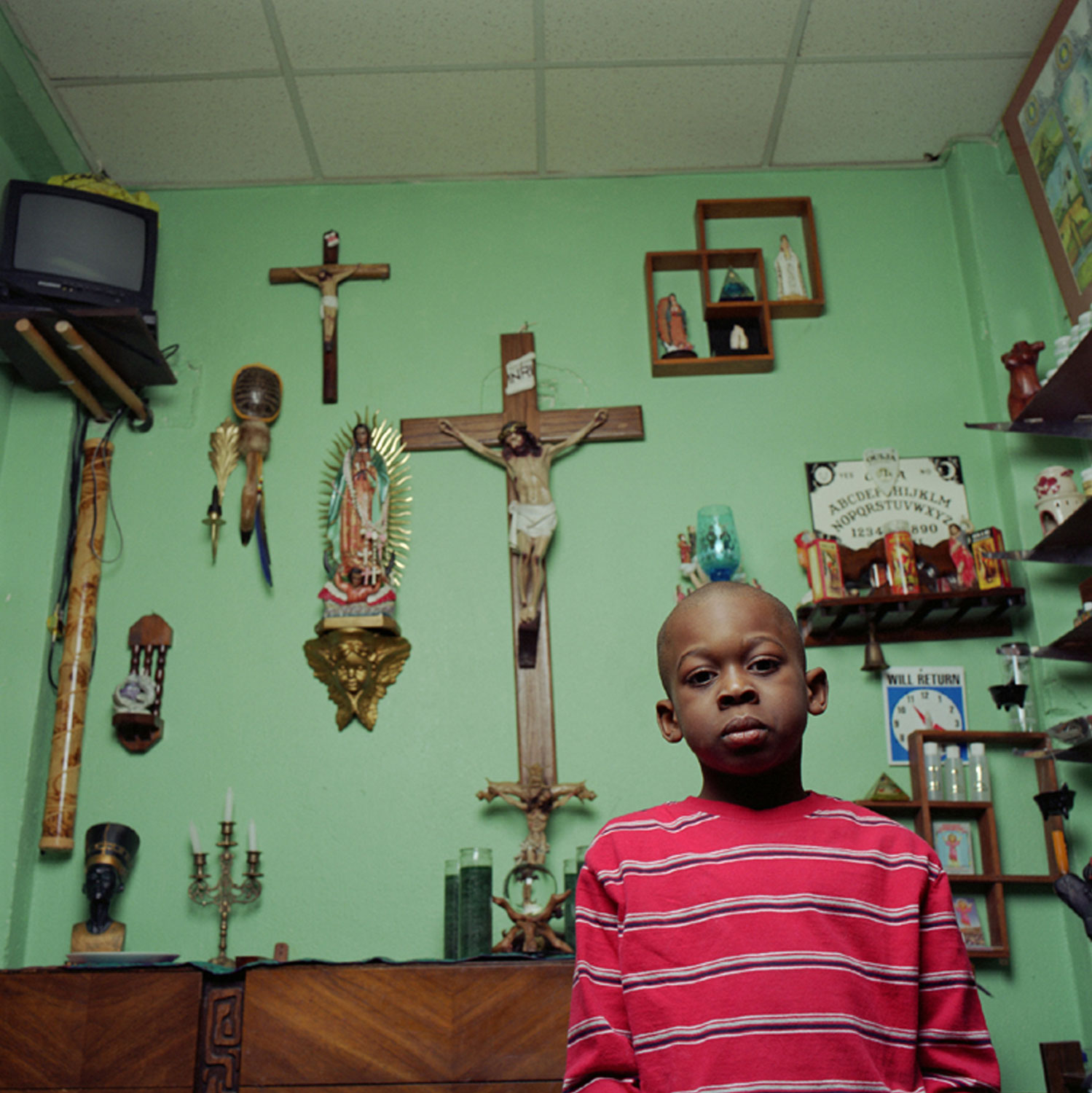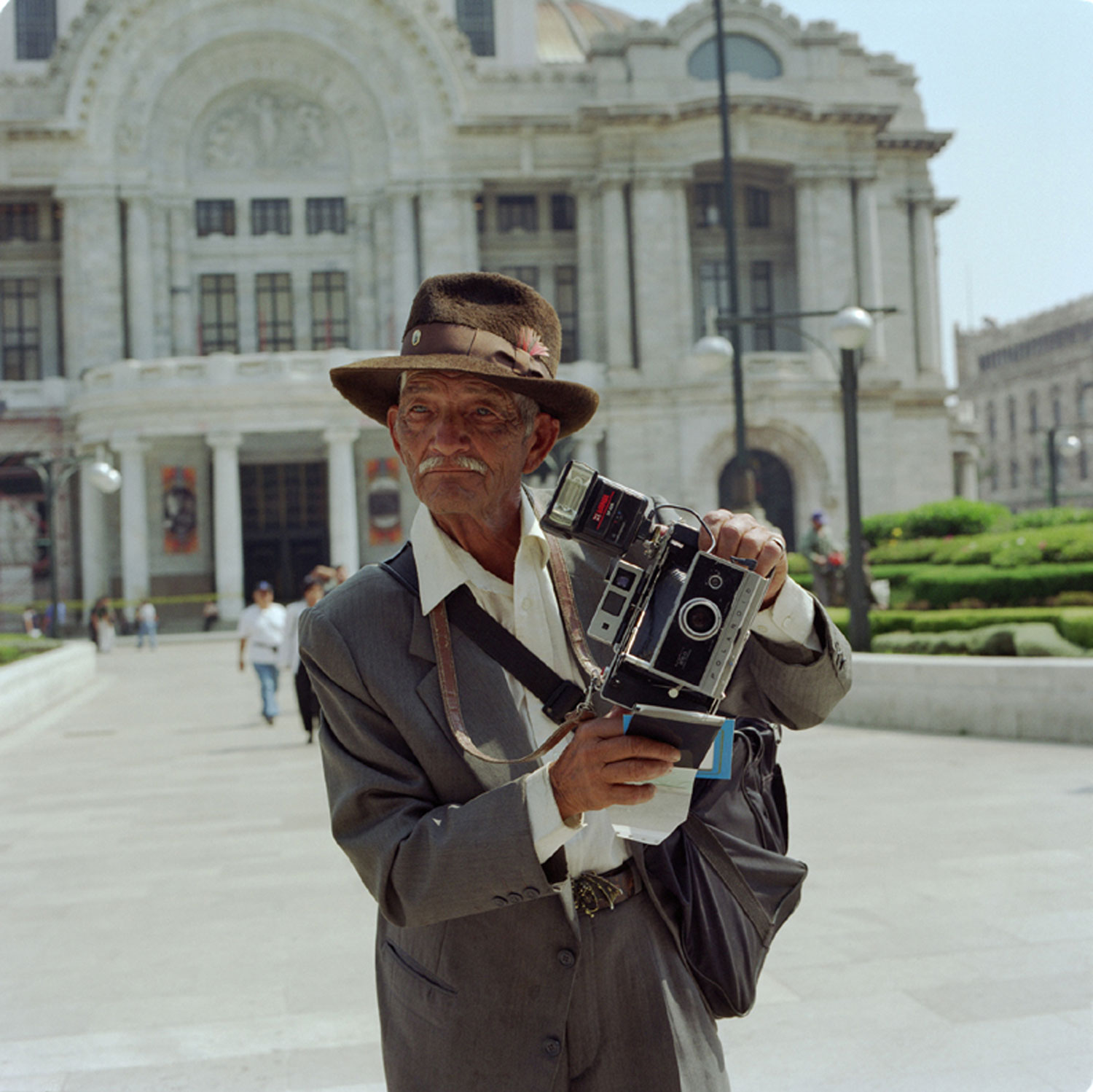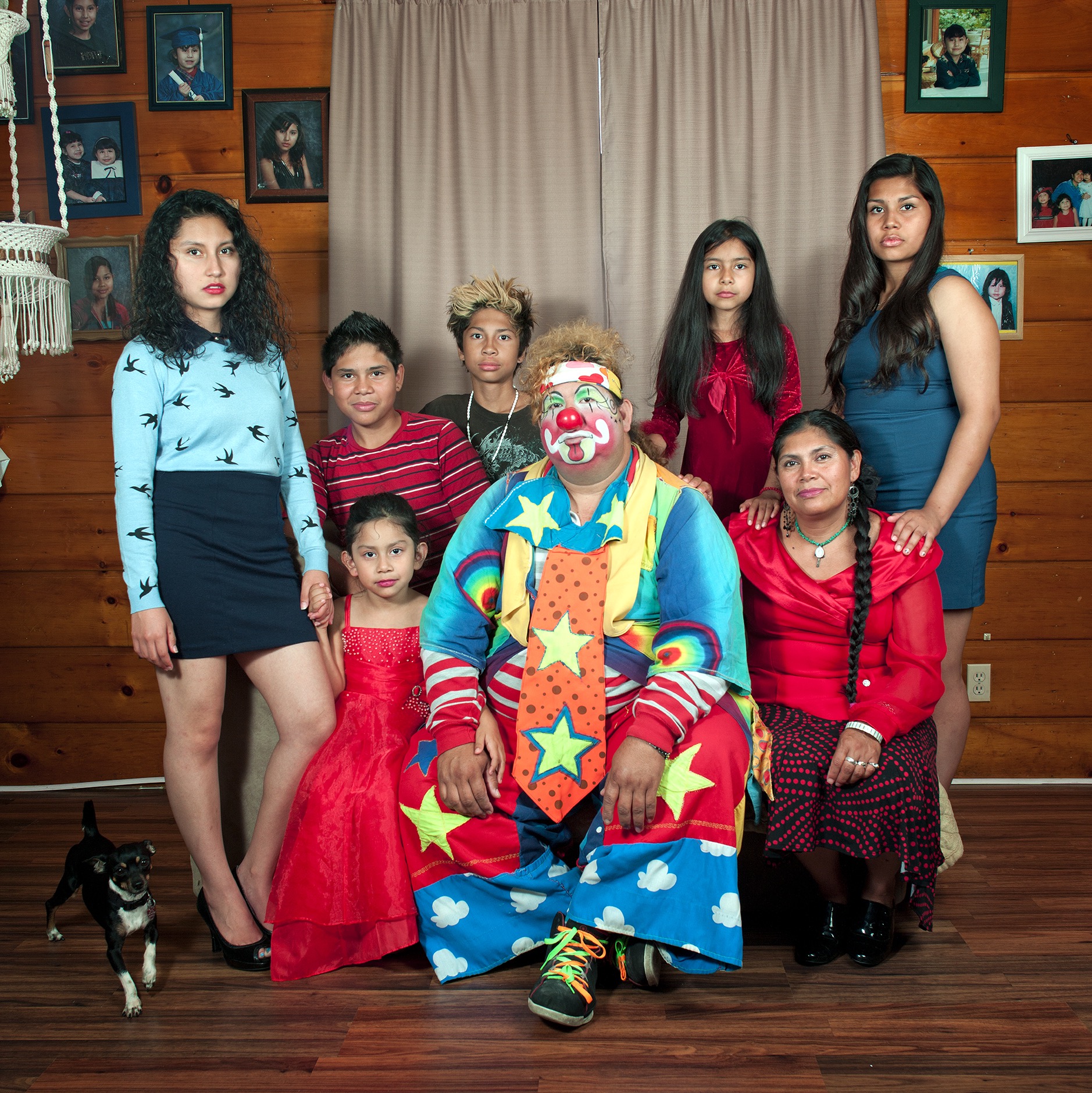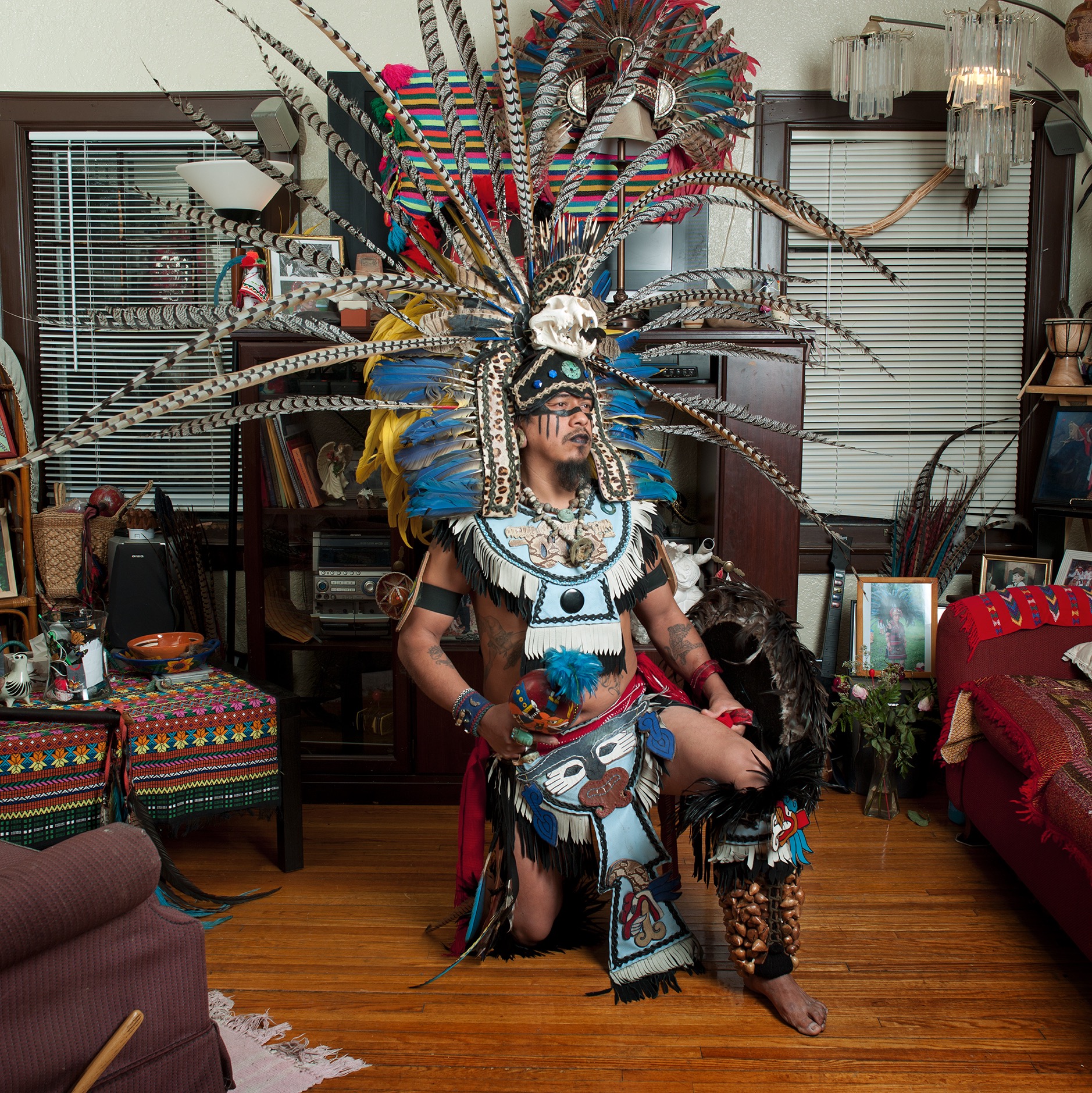Xavier Tavera
photographer / teaching artist . photo courtesy of Minnesota Original
BIOGRAPHY
Xavier Tavera, born in Mexico City in 1971 and based in Minneapolis since 1996, is a conscientious and thought-provoking photographer who has made compelling portraits of people from all walks of life; however, he is best known for his nuanced portraits of members of the Latino community. These powerful pictures challenge our notions of race, gender, and class by subverting stereotypes and capturing the humor and pathos in identity itself. Viewers who carefully examine these images can expect to question their own assumptions, biases and prejudices.
Tavera is interested in telling a story about the people in his images, in a manner not un-similar to the work of August Sander, Edward Weston or Diane Arbus. Details of the immediate environment and iconic objects strategically contribute to the narrative. Mining similarly rich terrain as Mexican photographers Manuel Alvarez Bravo, Hector Garcia and Enrique Metinides, Tavera is particularly well-versed at the expressions of Mexicans and Latino-Americans. However, he focuses more broadly on issues related to immigrant culture.
Qualifications
photographer
skills in multimedia software applications
community organizer
educator / Carleton College
teaching artist
Contact
email: xtavera@hotmail.com
website: xaviertavera.com
resume view here
portfolio samples
Tavera pays particular attention to compositional elements including textures, decorations, and surfaces. The work is ripe with Baroque imagery, featuring vibrant, highly-saturated colors. That is not to say his photographs are overly formalistic or purely decorative. His photographs examine all of these elements and the attendant play of light as a means of expressing the essence of the subject. “Baroque” is not a word Tavera has himself used, but stemming from the original Portugese pérola barroca, or ‘irregular pearl’ it seems to fit his work beautifully- i.e., great beauty can be found in the unique characteristics that constitute each person’s own identity. These irregularities, rather than being seen as flaws or faults, are marks of distinction that imbue each of us with individuality and dignity. Xavier Tavera knows this truth innately, and his photographs celebrate it wordlessly.
Latinx In Rural Midwest / © 2021
Latin people are not extraneous to rural environment. For centuries Latinx have planted, cultivated and worked the US land. Latinos/Latinas represent a significant growing segment of the nation’s rural population.
The land connection within the Latinx community is millenary. Most Latinx immigrants maintain an intimate relationship with their countries of origin, this relationship is complex, and it is passed from generation to generation.
The territories from Mexico, Texas or California to the Midwest has been traveled by land, back and forward, every season, every agricultural cycle, sometimes many times in one year. Latinx people have work the land for generations; we know the terrain and the landscape well. Although newer generations don’t work in agriculture, our attachment to the land has prevailed and the stories of those travels are still remembered and passed along as resilience tales of proud heritage. The Latinx community in the Midwest accounts for a small population in the past the population has been migrant or seasonal but now the Latinx population has found their home in the rural Midwest. My work focuses specifically on Minnesota and Western Wisconsin.
The meaning of rooting in Latinx life is often complex. As immigrants we have been uprooted and replanted from different lands. Despite the circumstances, Latinx people also transplant culture to new places. In my recent photographic work, I have documented the transplantation and flourishment of specific Mexican cultural activities, from Charreria to organic farming.
The project has been an ongoing series. With the help from St Paul and Minnesota Foundation I have been able to devote time and resources to research and photograph this specific demography that although essential for the US economy, remains overlooked and ignored by the mainstream community.







